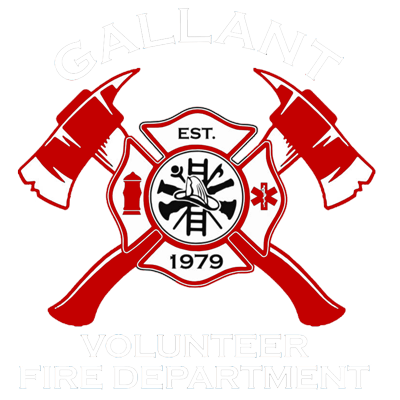Safety
The key to knowing what to do for yourself and those around you.
Make & Practice a Home Fire Escape Plan
You know your entire family should practice your escape plan twice a year. But what is your escape plan? These guides will help you decide:
- If you live in a single family home »
- If you live in a multi-family home »
- If you live in a high-rise apartment complex »
Then, use our template to draw your home’s unique escape routes:
Remember These DOs and DON’Ts
- DO keep items that can catch on fire at least three feet away from anything that gets hot, such as space heaters.
- Smoking materials are the leading cause of residential fire deaths in the United States. So if you smoke:
- DO take precautions: Smoke outside; choose fire-safe cigarettes; use deep, sturdy ashtrays and douse cigarette and cigar butts with water before disposal.
- DON’T ever smoke in bed, when drowsy or medicated, or if anyone in the home is using oxygen.
- DO talk to children regularly about the dangers of fire, matches and lighters and keep them out of reach.
- DO turn portable heaters off when you leave the room or go to sleep.
- DO use flashlights when the power is out, not candles.
- DON’T leave a burning candle unattended, even for a minute.
Safeguard Your Home
- Install smoke alarms on every level of your home and outside every sleeping area.
- Install a carbon monoxide alarm in a central location outside each separate sleeping area. Download the Carbon Monoxide Poisoning Fact Sheet.
- Make sure your house number is easily readable from the street, even at night.
- Make sure your home heating sources are clean and in working order. Many home fires are started by poorly maintained furnaces or stoves, cracked or rusted furnace parts, or chimneys with creosote buildup. Download the Home Heating Fires Fact Sheet.
- Use kerosene heaters only if permitted by law. Refuel kerosene heaters only outdoors and after they have cooled.
- Check electrical wiring in your home:
- Fix or replace frayed extension cords, exposed wires, or loose plugs.
- Make sure wiring is not under rugs, attached by nails, or in high traffic areas.
- Make sure electrical outlets have cover plates and no exposed wiring.
- Avoid overloading outlets or extension cords.
- Purchase only appliances and electrical devices (including space heaters) that bear the label of an independent testing laboratory.
- Store combustible materials in open areas away from heat sources. Place rags used to apply flammable household chemicals in metal containers with tight-fitting lids.
Guard Against Kitchen Fires
- Stay in the kitchen when frying, grilling or broiling food. Stay in the home while simmering, baking, roasting or boiling food.
- Keep pets off cooking surfaces and countertops.
- Keep the stove area clean and clear of things that can catch fire, such as pot holders, towels, curtains, bags, and other appliances.
- If you are cooking and a fire starts in a pan, slide a lid over the burning pan and turn off the burner. Leave the lid in place until the pan is completely cool. Moving the pan can cause serious injury or spread the fire. Never pour water on grease fires. Download the Cooking Fires Fact Sheet.
* Content is taken from the American Red Cross website.

